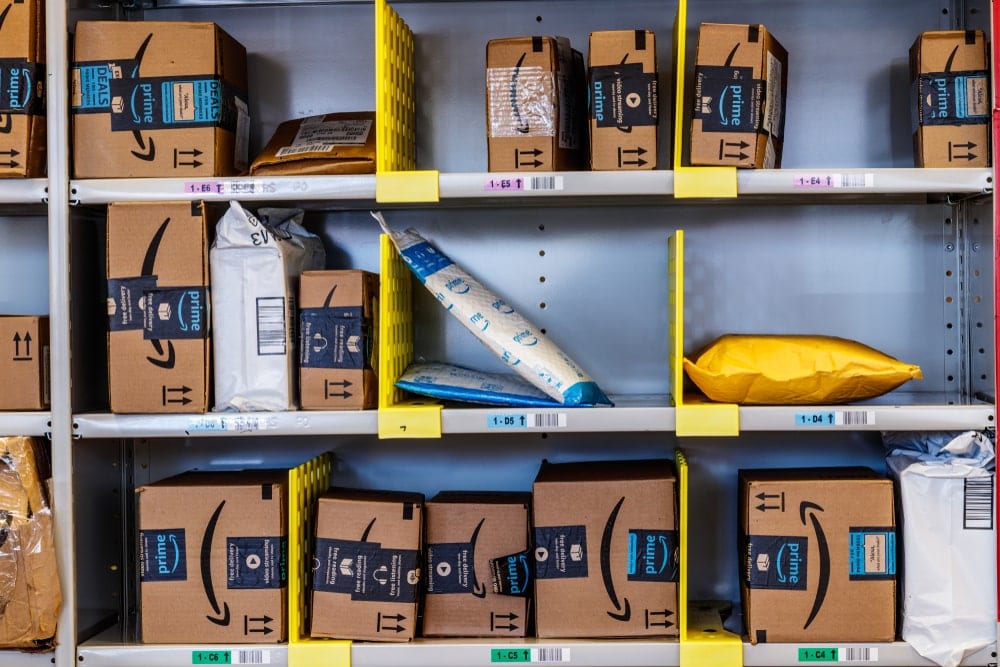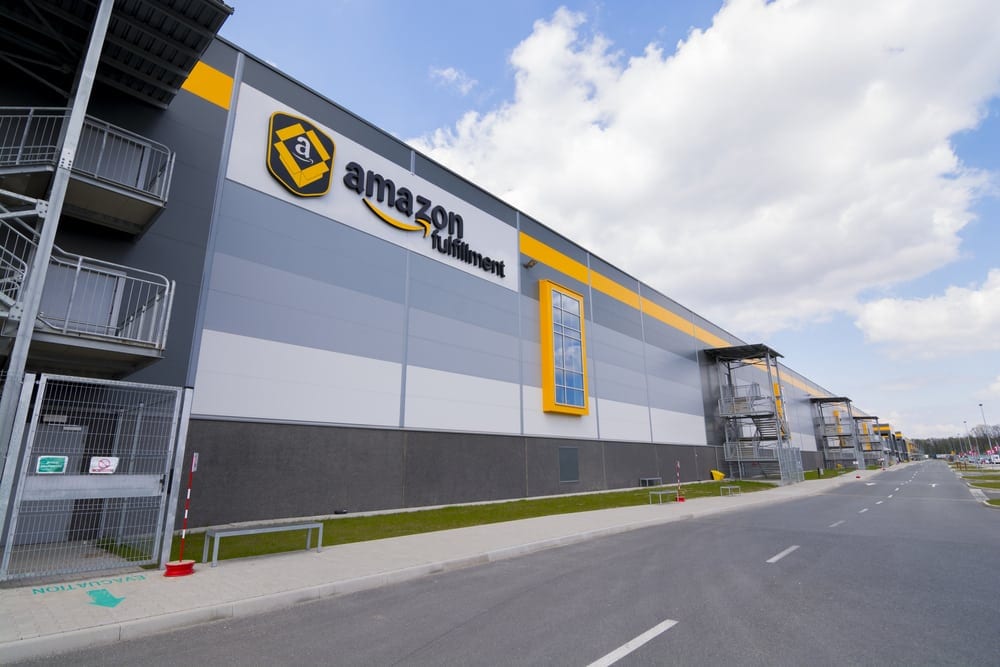Should I Accept Amazon’s More Frequent Shipping Option?
As we've written before, Amazon is an increasingly pervasive force in our industry. While there are clear advantages to the reach and prevalence of its platform, not everything Amazon does is in the best interests of its clients or their supply chain partners.

One of our clients forwarded a recent request from Amazon and asked us for our position on the “more frequent shipping” option.
Inside Amazon's "More Frequent Shipping" Request
One-quarter of U.S. adults pay for a Prime account and last year Amazon was responsible for 43 percent of all e-commerce sales. Clearly, any change to ordering that the company requests of its retailers will reverberate up and down the supply chain.
Let's take a look at the e-mail in question and our subsequent response.
Dear Vendor –
The Instock team would like to enable more frequent ordering to your account. Currently, your account is set up to receive Purchase Orders once a week (on Monday). This limits our buying system to quickly react to any demand spike that occurs during the week or compensate for the PO rejections due to catalog issues.
Enabling frequent ordering will help us with –
- Quicker recovery across the catalog – If there a demand spike on your product after the Monday POs, we don’t have to wait until next Monday to release POs. This will reduce the lead time and reduces Out of Stock issues
- Reacting to catalog Issues – If a PO is rejected due to catalog issues, you can work with our teams to fix the issue which will allow you to accept next round of POs in the same week
- Manage Warehouse Capacity – With multiple orders a week, the order volumes will be divided which will help you manage capacity at your FC
- Low VLT – Quickly reacting to demand spikes and shipping multiple day POs will reduce lead time. This will lead to high Instock rates
If you would like to enable frequent ordering, let us know what days of the week would you like us to enable frequent buying.
What Amazon fails to mention is the impact of this request on order quantity and how it shifts the cost burden to other parts of the fulfillment process.
Here's the other side of the story, courtesy of Capacity CEO Jeff Kaiden:
More frequent orders with smaller quantities per order increase the cost of our services. Already, we are feeling the squeeze: Amazon’s orders have all been getting smaller over time. Each time Amazon opens a new distribution center, each order gets smaller and our costs increase on a per-unit basis. I would urge you to reject this request.
If you believe Amazon’s assertion that their out-of-stocks are costing you significant business, I would urge you to ask the robot in charge of your category to increase the quantity of each order.
Frankly, I would rather see the volumes materialize at full retail price on your own websites, but perhaps mine is an overly optimistic view of the future of e-commerce for amazing brands.

The reality of many changes that benefit Amazon is that costs go up elsewhere, which often have to be passed on to the consumer. In this specific case, what might seem like a harmless request to add more frequent shipping to your Amazon account could have knock-on effects that make your products more expensive and turn customers away from your brand.
Remember that some customers saw price hikes of up to 50% last year using Fulfillment By Amazon.
As the company becomes ever more dominant up and down the supply chain, we can expect it to be increasingly rigid on the prices and processes that influence its bottom line. The request to move to more frequent shipping could be just the tip of the iceberg.